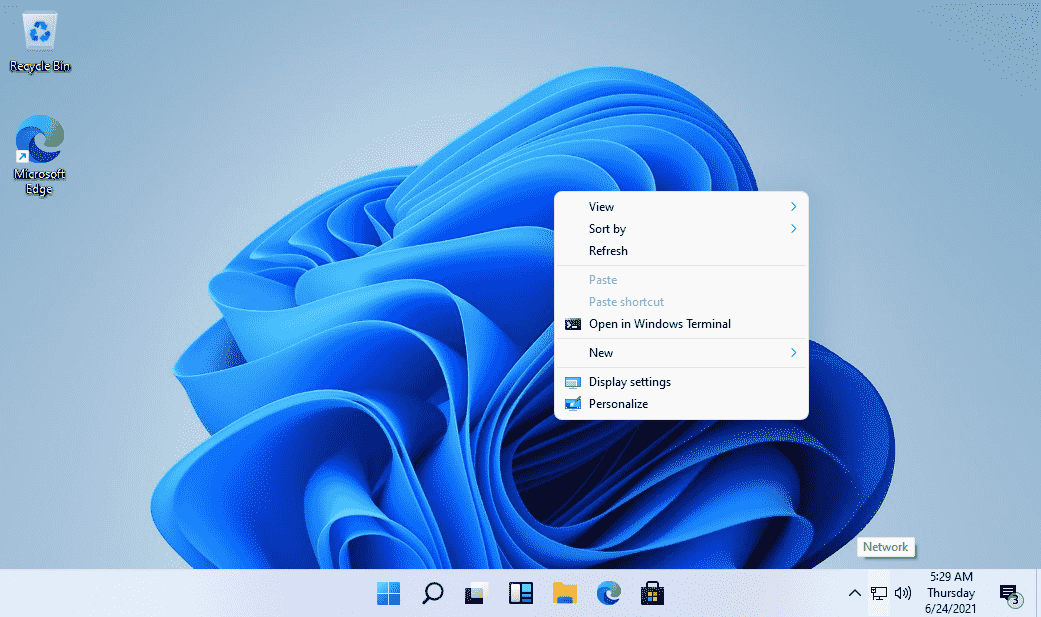
- WINDOWS ISO TO USB ISNT SHOWING BOOT ON FRESH INSTALL HOW TO
- WINDOWS ISO TO USB ISNT SHOWING BOOT ON FRESH INSTALL INSTALL
- WINDOWS ISO TO USB ISNT SHOWING BOOT ON FRESH INSTALL UPDATE
- WINDOWS ISO TO USB ISNT SHOWING BOOT ON FRESH INSTALL UPGRADE
- WINDOWS ISO TO USB ISNT SHOWING BOOT ON FRESH INSTALL WINDOWS 10
Under the "Download" section, click the latest release (first link) and save the file.
WINDOWS ISO TO USB ISNT SHOWING BOOT ON FRESH INSTALL WINDOWS 10
To create a USB media with an existing Windows 10 ISO file, connect a flash drive of at least 8GB of space, and use these steps:
WINDOWS ISO TO USB ISNT SHOWING BOOT ON FRESH INSTALL INSTALL
Create install flash drive with Windows 10 ISO The utility offers two ways to make the installation media, including using an existing ISO file or downloading the image from the Microsoft servers directly from the app. If the Media Creation Tool does not work or you do not want to use it, then you can try Rufus, a popular free third-party tool that allows you to create an installation media with support for UEFI devices.
WINDOWS ISO TO USB ISNT SHOWING BOOT ON FRESH INSTALL HOW TO
How to create Windows 10 UEFI boot media with Rufus There is a 30-day money-back guarantee, so give it a shot today. It offers a great mix of speed, reliability, outstanding customer service, and affordability. This is our top pick for anyone looking to get started with a VPN. Once you complete the steps, the Media Creation Tool will download the files and will create a bootable USB flash drive that you can use to install Windows 10 on computers with support for UEFI and BIOS. (If you do not see the device, click the Refresh drive list option.) Quick tip: If you plan to install Windows on multiple computers running 32-bit and 64-bit architectures, use the "Architecture" drop-down menu and select the Both option to create a media that will work on both systems. Select the correct language, architecture, and edition of Windows 10 (if applicable). (Optional) Clear the Use the recommended options for this PC option. Select the Create installation media (USB flash drive, DVD, or ISO file) for another PC option.
WINDOWS ISO TO USB ISNT SHOWING BOOT ON FRESH INSTALL UPGRADE
On Windows 10, the Media Creation Tool is the option available for creating a bootable USB media to perform an in-place upgrade or clean installation. How to create Windows 10 UEFI boot media with Media Creation Tool

How to create Windows 10 UEFI boot media with Rufus.How to create Windows 10 UEFI boot media with Media Creation Tool.In this Windows 10 guide, we will walk you through the steps of creating a USB flash drive that includes support for UEFI using the Microsoft Media Creation Tool and Rufus. Or you can use Rufus, a third-party tool that makes it easy to create a flash drive to install Windows with support for UEFI. You can use the Microsoft Media Creation Tool to download the files onto a removable storage with support for both firmware types (UEFI and legacy BIOS). On Windows 10, you can use at least two tools to create a USB bootable media. However, if you have a device that has a Unified Extensible Firmware Interface (UEFI), instead of the legacy Basic Input/Output System (BIOS), it is crucial to use the correct media for the firmware type to complete the installation successfully. *For gpt partition table, copy the following menuentry to /etc/grub.At the time of installing a fresh copy of Windows 10, you typically use a USB flash drive to launch the "Windows Setup" wizard to continue with the installation process. Sudo apt-get install -y boot-repair & boot-repairįor more information about repairing your Grub follow this link. If it's not available you can install it using the following commands: sudo add-apt-repository ppa:yannubuntu/boot-repair You can boot in the Ubuntu Live USB, open a terminal and open Boot Repair using the boot-repair command. *Note from the OP: You don't have to reinstall Ubuntu to fix the grub loader. Reinstall Ubuntu if desired, the GRUB bootloader will have been replaced with the Windows bootloader.
WINDOWS ISO TO USB ISNT SHOWING BOOT ON FRESH INSTALL UPDATE
Run sudo update grub confirm that ntldr /bootmgr appears in grub.cfg.īoot the computer into the newly created menuentry and install Windows into it's new partition.

Open Disks, (Gnome-Disks), and note Device, (/dev/sdx), and UUID of the Windows ISO extract partition.įor msdos partition table, copy the menuentry given in this question to /etc/grub.d/40-custom/*Īdd ntldr /bootmgr as a line below chainloader +1Įdit menuentry, changing sda4 to sdax, msdos4 to msdosx (4 places), and 592C85254E2CD0B7 to UUID, (3 places), to suit step 4 above. This step by step has been created from information provided by the OP, Alexandru.Ĭreate a 6GB NTFS partition on the hard drive and extract the Windows ISO to it.Ĭreate a 20GB, or larger, NTFS partition on the hard drive for the Windows Installation. Installing Windows 10 without USB using Ubuntu, Step by Step


 0 kommentar(er)
0 kommentar(er)
